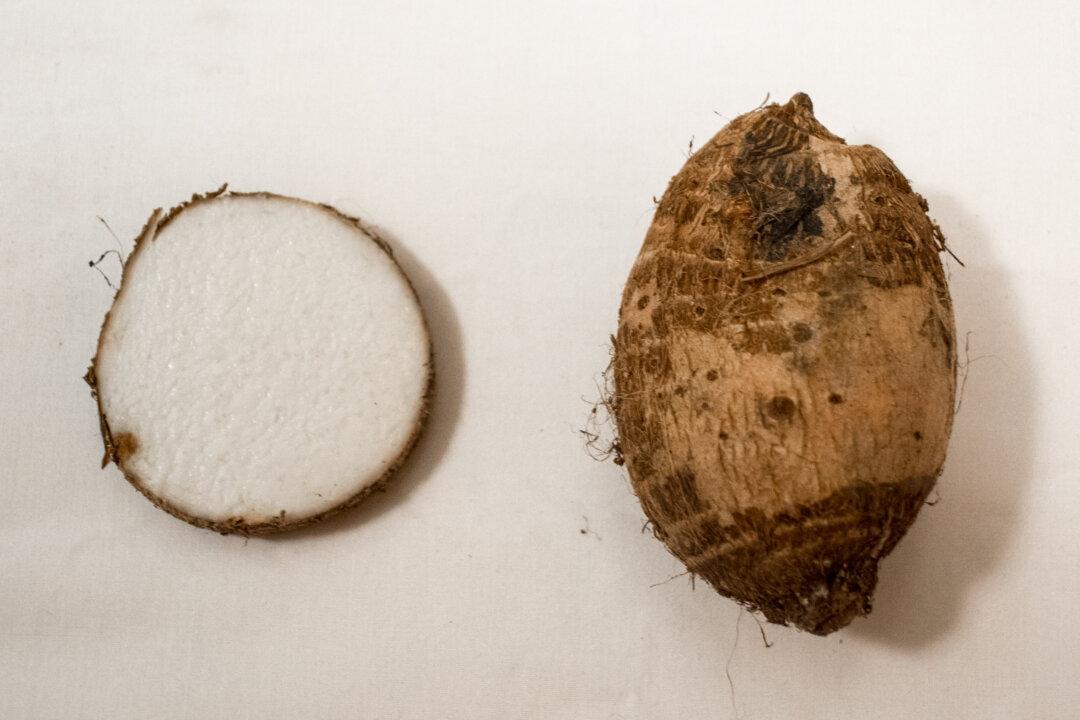You may have seen more taro root lately available in supermarkets and in coffee shops, as beverages, but maybe you aren’t quite sure what it is or how to even enjoy it.
First off, taro root is a starchy root vegetable originating in Asia. When cooked, taro has a slightly sweet taste and a texture similar to a potato.





